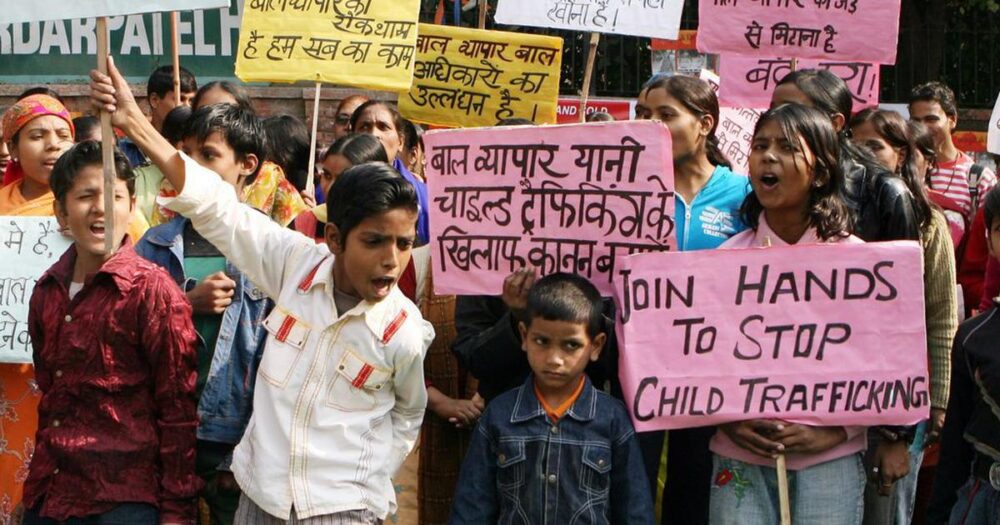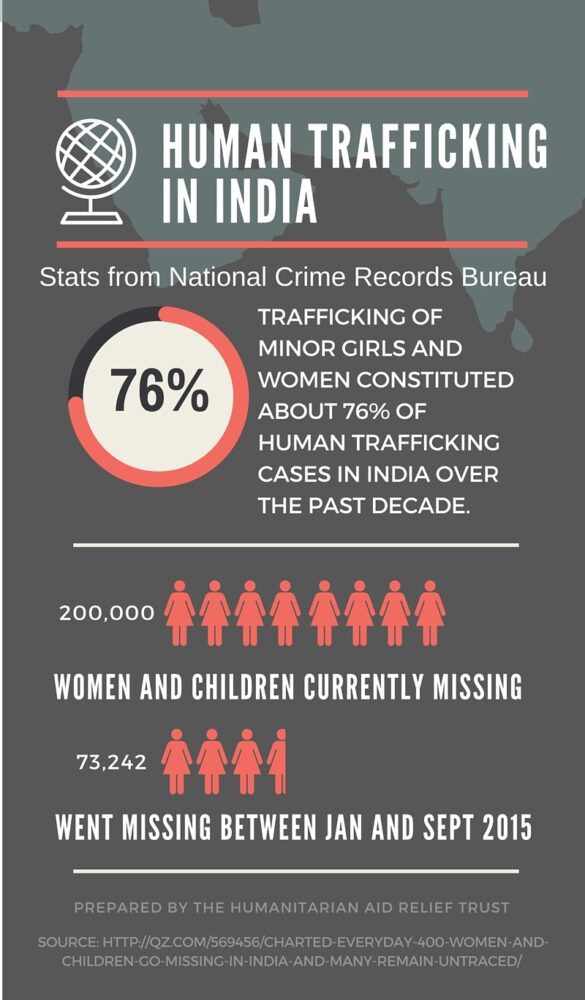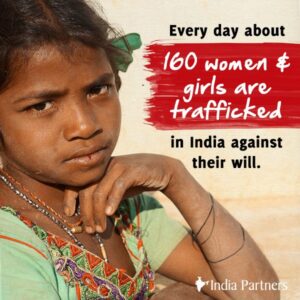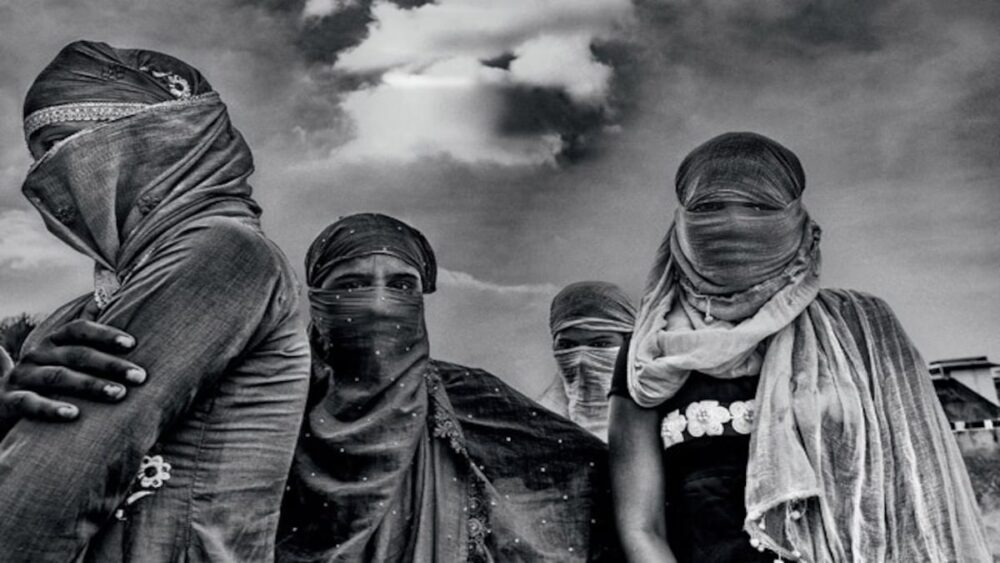In another big news of the country, five people including two women leaders, ex-office bearers of BJP and Congress, have been arrested in Rajasthan’s Sawai Madhopur district on accusations of running an alleged sex racket. It isn’t the first case, there are thousands of cases which go unregistered every day, but what is more threatening and extremely disheartening is the involvement of such position holders names to such heinous crimes. It’s indeed ironic how a women leader instead of uplifting slogans like “Beti Bachao” are making it a point of concern as our daughters are in legitimate danger.
The news came into light when a minor girl of the district spilt the beans after being traumatized and exploited on several occasions. She complained last month, following this, the BJP women leader Sunita Verma was charged, and congress leader Ponam Chaudhary and three other accused are fleeing.
The 17-year-old victim asserted that Sunita Verma, former BJP leader, forced her to have sexual relationships with several individuals, between October 2019 and May 2020. An MMS was filmed when the girl was raped for the first time, which was later used to blackmail the victim.

According to the victim’s parent, their daughter was trapped into the false promises of lots of money by the women leaders.
OP Solanki, Sawai Madhopur Women Cell’s Circle Officer, stated, “On September 22, an FIR was lodged by the minor girl’s parents at the women’s police station in the city. In the FIR, the girl had alleged that BJP Mahila Morcha district chief Sunita Verma, her aide Heera Lal and Congress leader Poonam Chaudhary were running a sex racket. They forced the girl to be sexually exploited in various places. We have arrested Sunita Verma and four others. At present, the police are investigating the entire case, and we will take further action as the probe moves ahead.”

India is a country where women are worshipped as a goddess. However, the practices that have been prevalent in the last few years is the opposite of the notion. Women have a long history of unjust be it the early days, when sati system, no widow remarriage, devadasi system existed. While most of them are not prevalent now, there are new problems that women face. They may be not similar, but they are still as severe as the earlier ones.
Violence against women is an extremely grave issue in India. It is arising almost every day in numerous forms such as domestic violence, dowry-related harassment, marital rape, genital mutilation, and sex trafficking. Although it’s illegal under Indian law, human trafficking prevails to be a severe problem in this country and women, and girls pay the highest price.

According to the United Nations Office on Drugs and Crime (UNODC), human trafficking encompasses recruitment, transportation, transfer, receipt of persons, through the warning or use of force or other forms of crime, for exploitation this may include the prostitution or other forms of sexual exploitation, forced labour or service, slavery, or practices similar to slavery, servitude, removal of organs.
India a top destination for human trafficking, last year it was listed as the most dangerous country for women concerning human trafficking according to a Thomson Reuters Foundation survey.
The origin of such trafficking is poverty, social or cultural practice, migration and lack of awareness. Other causes are the porous nature of borders, corrupt government officials, the interest of international organized criminal groups or networks, and the limited capacity of or a commitment by immigration and law enforcement officers to control borders.

In the times of pandemic where poor women find themselves with no sources of income, their outstanding caregiving roles and predicted ’emotional work’ are apt to make them fall prey to traffickers who offer them immediate economic support and false promises of well-paid jobs in a distant city or country.
HUMAN TRAFFICKING AND EXPLOITATION IN INDIA DURING THE COVID-19 PANDEMIC
Addressing Emerging Human Trafficking Trends and Consequences of the COVID-19 Pandemic
The Government of India estimates trafficking through several relevant laws. In the Constitution, Article 23, states the prohibition of traffic in human beings and forced labour and Article 24, says the ban on employment of children in factories. Sections in the IPC such as 366A, 366B, 370 and 374 and others penalize traffickers with imprisonment up to 10 years, and a fine. The Juvenile Justice Act, Information Technology (IT) Act, Immoral Traffic Act, Prevention of Child Labour Act, the Bonded Labour (Abolition) Act, are among others which try to penalize trafficking and eradicate it from the country.

The county’s efforts to preserve victims of trafficking vary from state to state, but remain insufficient in many places, especially in the current scenario of the mismanagement of the migrants has already shown the government’s irresponsibility to deal with or even admit that structural vulnerabilities which is obvious (remember the nationwide, call for thali bajao while helpless migrants were walking kilometres back home?) and unless the government is not ready to take the responsibility, the future of human trafficking appears to be shining the brightest in the background of the gloomy economy.
https://thesecondangle.com/amp/no-data-on-migrant-deaths-so-no-compensation-government-to-parliament/
The Government authorities do not proactively recognize and rescue such disastrous individuals; therefore, only a few victims obtain financial assistance. There is no scarcity of the related laws in the country, but there is a problem of insufficient understanding and unreliable implementation of such laws. Social media, used as a new tool for human trafficking is not governed by India. Incorrect coverage leads to inadequate Police official man handling opposition women leader, so how can we expect, the primary insurance for the women of the country. And that’s where we need to begin.
“Power tends to corrupt, and absolute power corrupts absolutely” -George Orwell.



